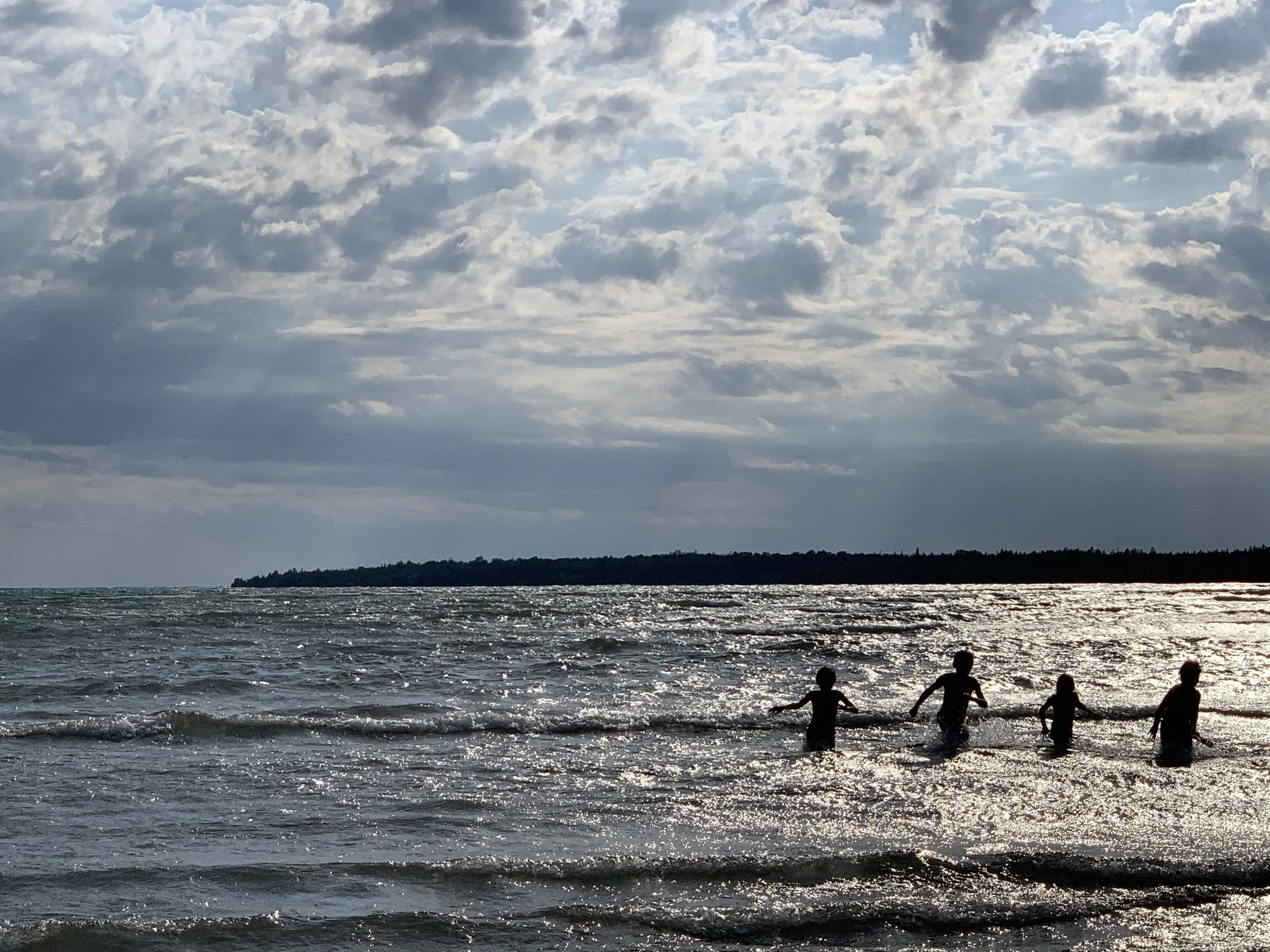“I hate COVID. I wish it would go away!” my 11 year old railed when I said no to hanging out with friends outside our social bubble.
Watching him throw himself onto the couch, arms crossed, refusing to interact with his brothers and sister, I wondered again about the long-term impact of COVID-19 on our youngest generation.
The babies unable to see more than half a face above a mask. The kids spending hours parked in front of screens for virtual schooling. The ones who went to in-person schools and watched as friends sniffled and were quietly but quickly sent homID e. The teens cohorted into artificial and arbitrary social groups, some with friends, some apart, all of them describing challenges coping with loneliness, fear and uncertainty.
All now building virtual lives and relationships rather than real ones.
Humans are social creatures. They are built to communicate using multiple means, verbal and non-verbal. Body language — gestures, stance, movement, gaze and so on — and tone convey important social cues. These social cues are how we not only absorb information, but how we negotiate our interpersonal relationships and attitudes. Sometimes what we say is not at all what we mean, and that meaning is only captured through body language and tone.
All that has been stripped away as society has accepted containment efforts for the pandemic. All we are left with are flat words on a screen. An image or video of a moment in time. The context that colours our lives is now obscured.
Where does that leave the youngest among us, the ones just learning to navigate the rules by which we conduct ourselves as a society?
Our kids are in trouble. A study by Sick Kids showed that unfortunately, kids during the pandemic were faring “mostly worse, occasionally better.” This holds true right on up to post-secondary students. Eating disorders have skyrocketed. Ditto for anxiety, depression, domestic violence and self-harm.
I have no magic pill. My advice? Pay attention. Spend time with your kids. Start a conversation over a shared activity. Monitor for increasing anxiety, withdrawal, irritability, hopelessness or evidence of self-harm. Get help.
Being apart doesn’t mean being alone.
